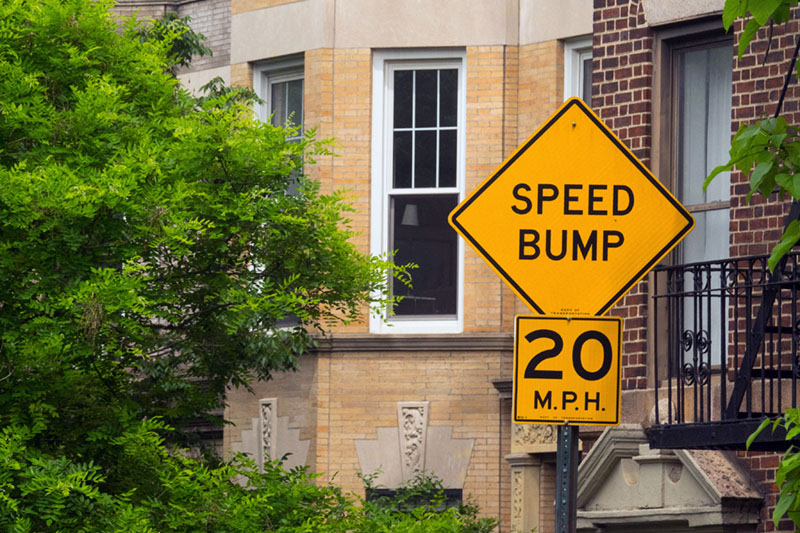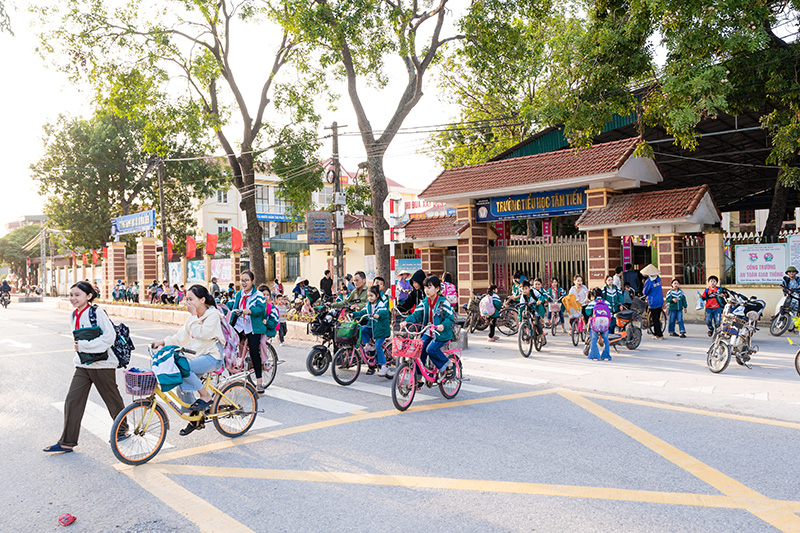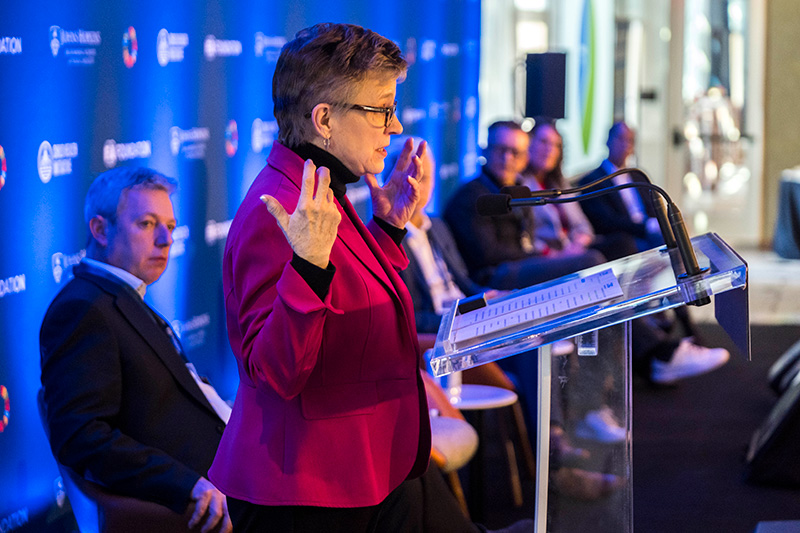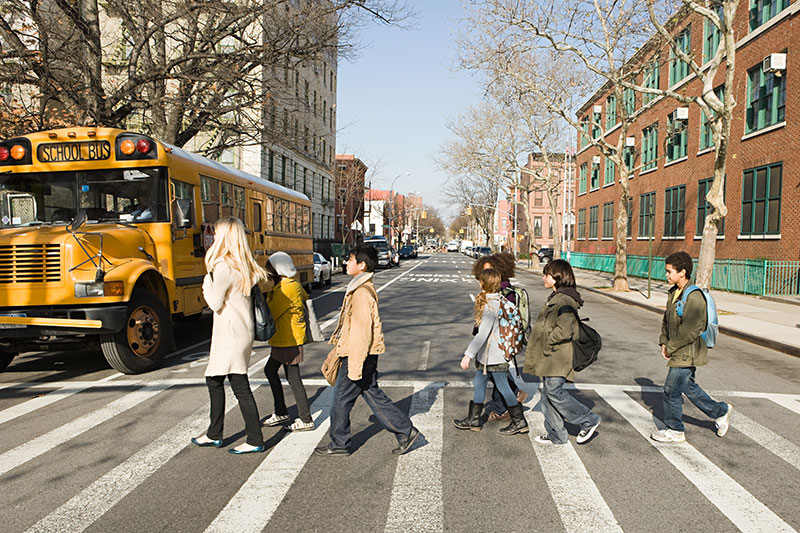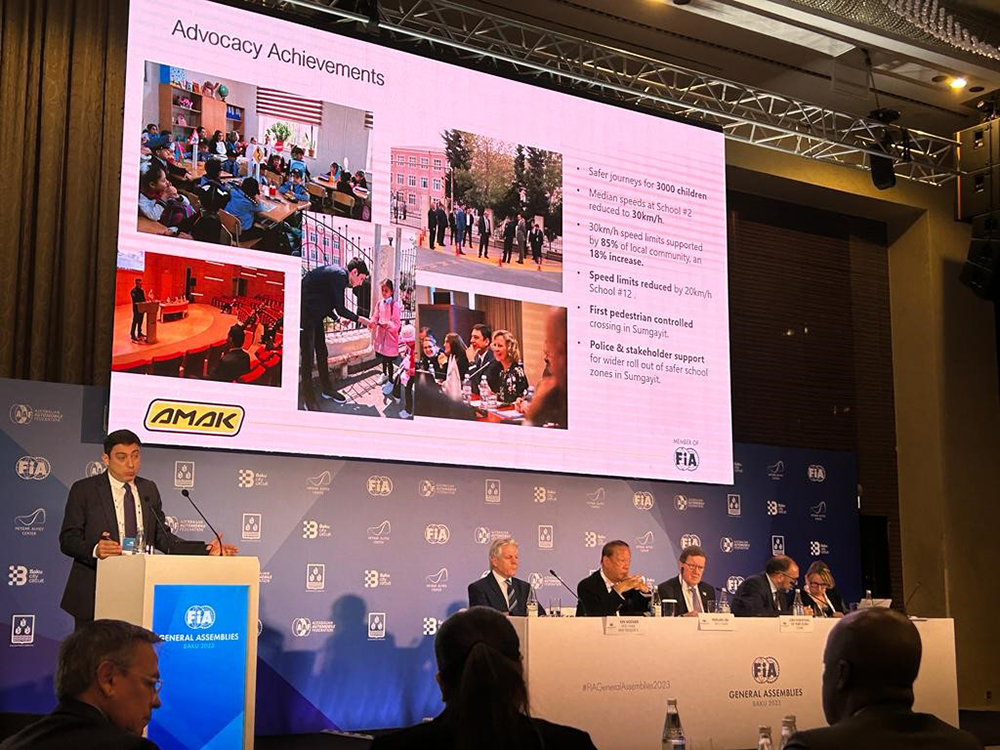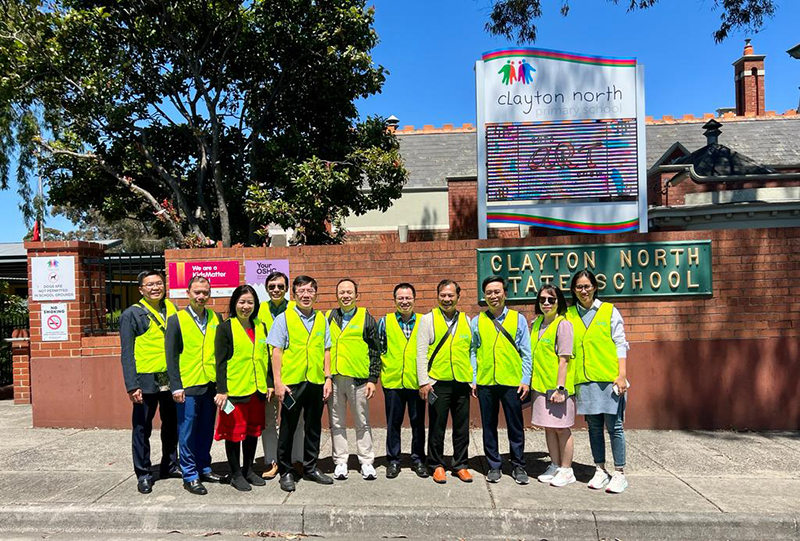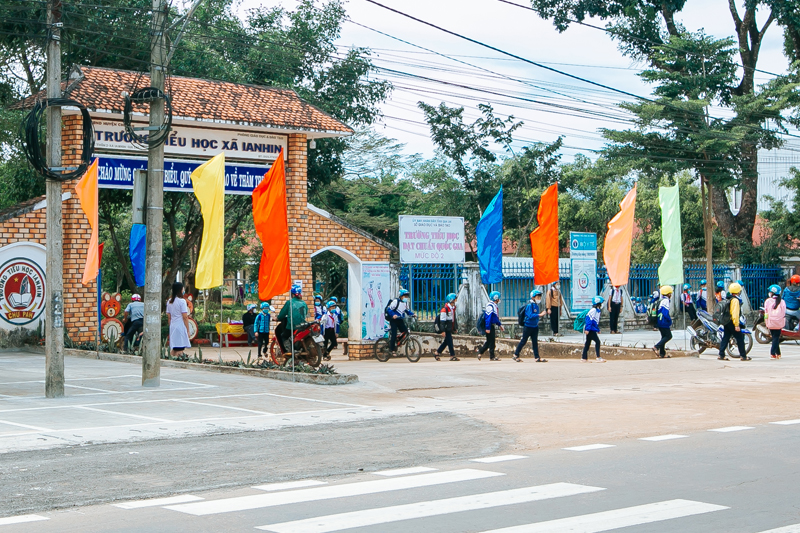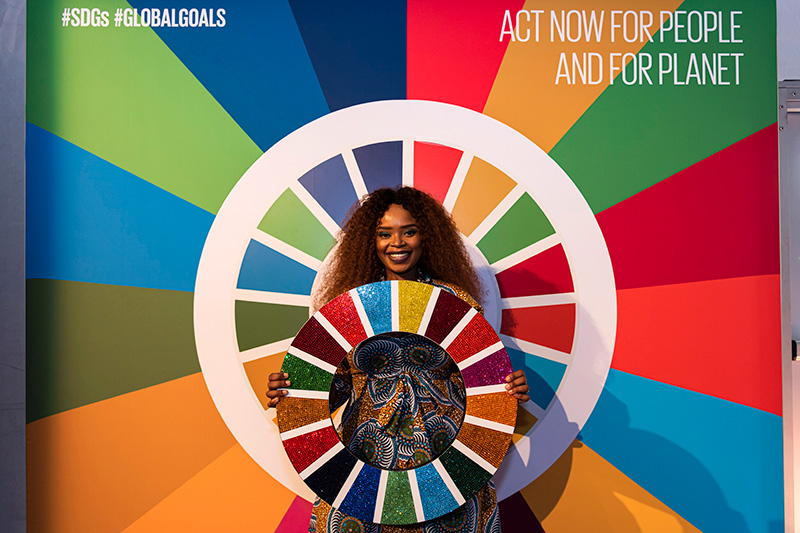Michelle Yeoh calls for safe school journeys at global health conference
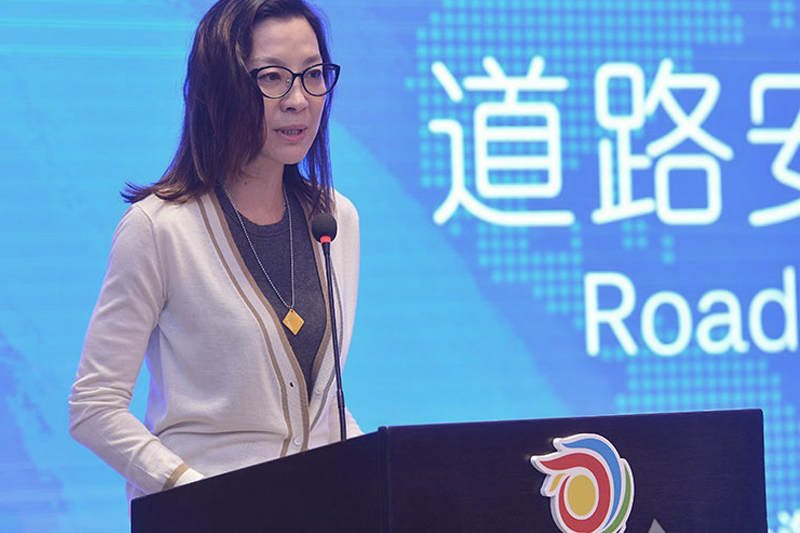
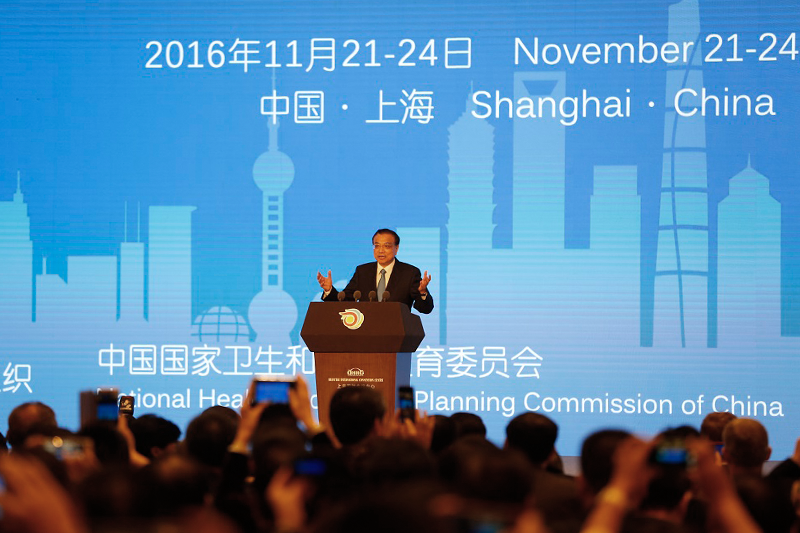
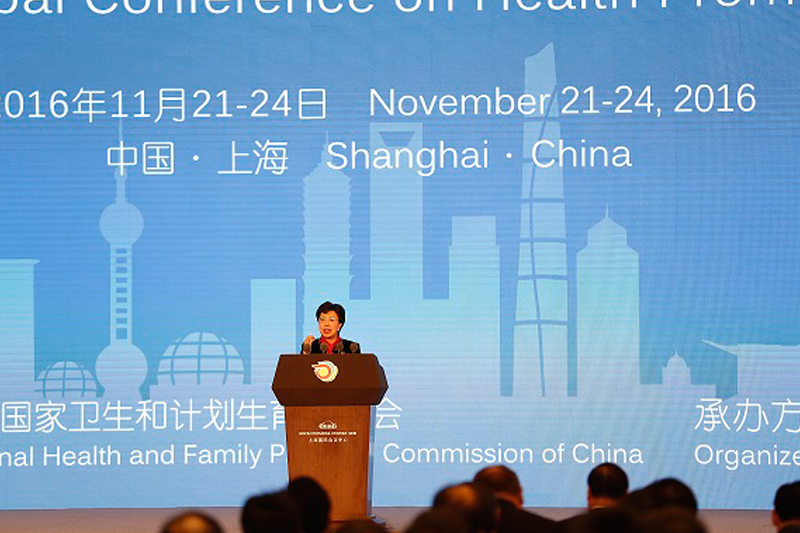
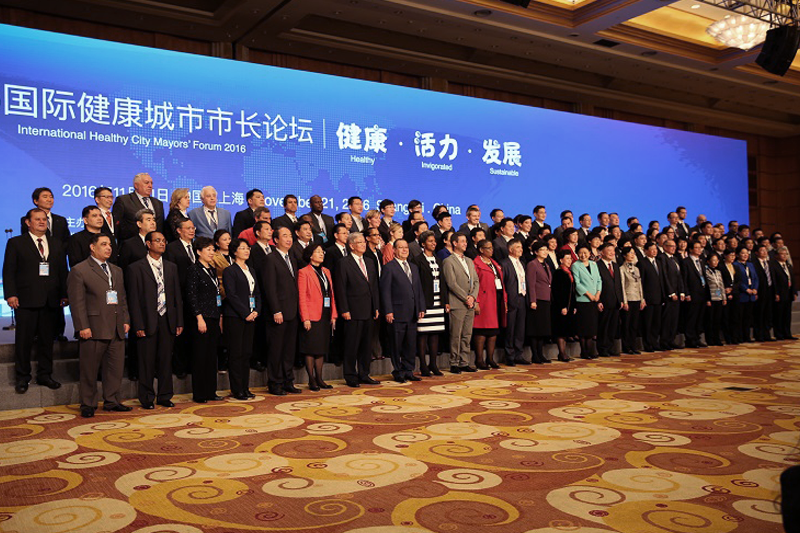
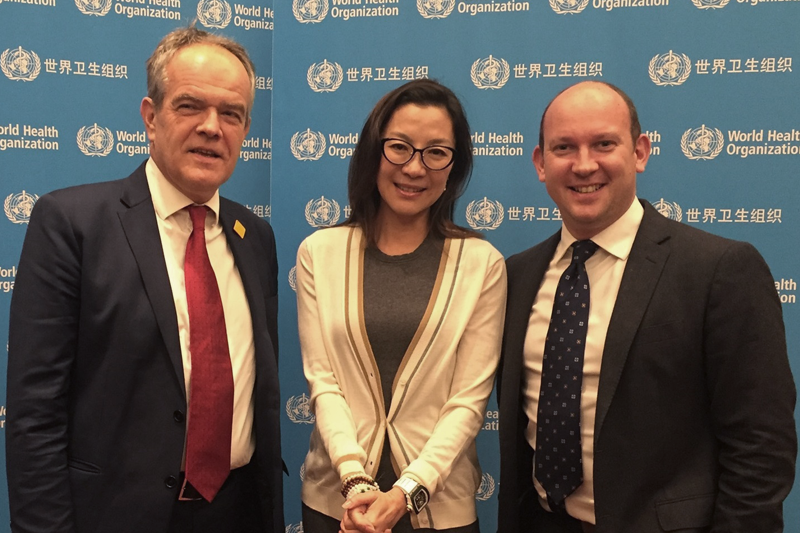
Action to provide a safe and healthy journey to school for every child must be a priority as the Sustainable Development Goals are implemented, Michelle Yeoh (pictured above) told policy makers and experts from around the world at the 9th Global Conference on Health Promotion.
The high level conference organised by the World Health Organization and China’s National Health and Family Planning Commission involved over 1000 Ministers, Mayors, heads of international organizations and health experts. It adopted the Shanghai Declaration on Health Promotion which focused on the delivery of the SDG agenda on health, emphasising links with urbanisation. The conference held between 21-24 November also ratified the Shanghai Healthy Cities Mayors' Consensus which includes emphasis on the need for safe and sustainable mobility in urban centres.
Speaking on the opening day of the conference, global road safety advocate and UNDP Goodwill Ambassador for the SDGs Michelle Yeoh said that protecting children on the world’s roads must be addressed as a priority. She emphasised that the recently adopted Habitat III New Urban Agenda together with the SDGs give a mandate for urgent action.
“We need to get the message out that dysfunctional policies on transport and development are bad for education, bad for efforts to tackle poverty, bad for climate change and terrible for child health,” she told the Mayors Forum session organised by WHO. “As adults we have a particular responsibility for our children; for all children. The best way to protect them is to make their environment safe. Design road and streets that are self-explaining. Use traffic calming to make it impossible for cars to drive fast near children. Take action on speed in our neighbourhoods. Provide safe sidewalks and crossings and cycle lanes.
“It is not rocket science. It doesn’t have to be hugely expensive. There is nothing to stop us doing it right now. And we must.”
Michelle Yeoh highlighted the work of the Global Initiative for Child Health and Mobility in bringing together new partners for delivery on the Habitat III and SDG agenda. She highlighted the efforts of UN Special Envoy Jean Todt in increasing the support for road safety among political leaders around the world. And she praised the work of the WHO and Bloomberg Philanthropies implementing proven road safety interventions at the city level and strengthening road safety legislation with national authorities.
Bloomberg Philanthropies Programme Director Kelly Larson participated in a panel discussion with Michelle Yeoh. She said: “We know what works, and we have the evidence needed to save lives. We can measure and manage road safety. One example that needs focus is designing for safety. We really need to think about how we design our city streets, taking our streets back for pedestrians.”
Also taking part in the panel discussion was Wang Changjun, Traffic Management Director at the Ministry of Public Security, China and Sheng Lei, Vice Mayor of Suzhou, China. Sheng Lei highlighted how the City of Suzhou had achieved a 30% reduction in the road traffic injury mortality rate by improving protection of cyclists and pedestrians on city streets.
The Mayor’s Forum session was hosted and moderated by Dr. Bernhard Schwartländer, WHO China Representative. He said: “As recognised in the SDGs, road safety is a sustainable development priority. As can be seen here in China, cities are developing policies and programmes promoting a new more sustainable approach to mobility. This is a priority both for health and urbanisation.”
Dr. Schwartländer also read a statement from Zoleka Mandela ambassador for the Global Initiative for Child Health and Mobility. She was due to participate in the conference but had been unable to attend as she is undergoing treatment for cancer.
In her statement, Zoleka Mandela said: “Millions of children go to school each day without adequate protection on the roads. This, in the 21st century, is completely unacceptable. So I’m calling for action and leadership. The 9th Global Conference this week can be an important step in the right direction. Our governments have made the promise in the SDGs and have reaffirmed their commitment in the recent Habitat III New Urban Agenda. Now it is time to deliver. For the sake of our children, we must not fail.”
The session followed the adoption of the Shanghai Consensus on Healthy Cities, 2016 signed by over 100 Mayors. It makes a strong link between the health and cities Goals of the SDGs both of which have targets on road safety. Safe and sustainable mobility is one of 10 priority action areas outlined in the declaration, emphasising the need for strong road safety laws, design for safe streets and measures to promote walking and cycling. Implementing an equitable approach to child development, providing a safe environment for women and girls, and tackling air pollution are related priorities in the cross cutting agenda adopted at the conference.
Read the 'Shanghai Declaration on promoting health in the 2030 Agenda for Sustainable Development' document here.
Read the 'Shanghai Consensus on Healthy Cities 2016' document here.
Watch a video of the 'Health Promotion in the Sustainable Development Goals' session here.
